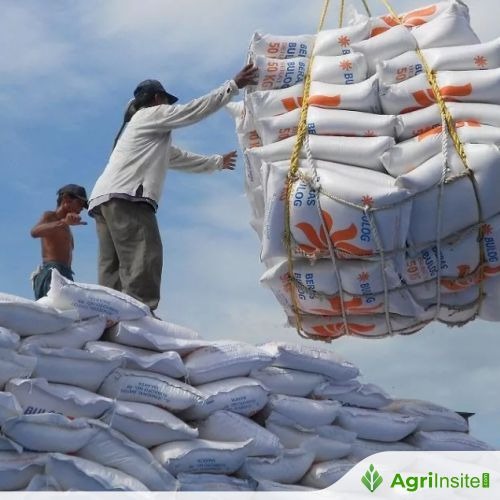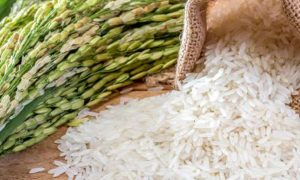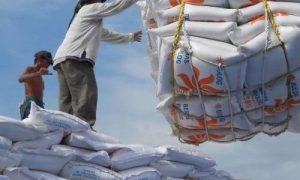Vietnam exporters wary as Philippines extends rice import ban

The Philippines’ extension of its ban on regular and well-milled rice imports until end-2025 has unsettled Vietnamese exporters, as the country buys over 40% of Vietnam’s rice. Exporters are shifting toward African and Middle Eastern markets. Despite lower volumes and prices this year, Vietnam expects exports to reach eight million tonnes.
HANOI: The Philippines’ decision to extend its suspension of regular and well-milled rice imports until the end of 2025 has raised concerns among Vietnamese exporters, as the nation remains Vietnam’s largest rice market, accounting for more than 40 per cent of total shipments.
Philippine President Ferdinand Marcos Jr has signed an order extending the ban on regular and well-milled rice imports until Dec 31, 2025.
Published in the Official Gazette last week, the order was based on recommendations from key economic agencies. It aims to protect local farmers, stabilise the market and safeguard consumers, but excludes specialty rice varieties such as Japanese, black and basmati rice.
The move surprised Vietnamese exporters, who had expected the Philippines – hit hard by recent typhoons – to resume rice imports in December to replenish domestic supply.
Chairman of the Vietnam Food Association (VFA) Di Ha Nam said enterprises need to adapt to the new policy and closely monitor further developments. He noted that many Vietnamese firms have already diversified into African and Middle Eastern markets rather than waiting for the Philippines to reopen.
“The domestic market is currently the main outlet for rice traders, as demand has surged following recent floods in the central and northern regions,” the VFA chairman told Nguoi Lao Dong (Labourers) newspaper.
“The harvest season is over, inventories are limited, but prices remain low.”
Vietnam exported an estimated 7.2 million tonnes of rice worth US$3.7 billion in the first ten months of 2025, down 6.5 per cent in volume and 23.8 per cent in value from a year earlier. Average export prices fell 18.5 per cent to $511 per tonne.
The Philippines remained Vietnam’s top market, accounting for 41.4 per cent of total shipments, followed by Ghana (12.3 per cent) and Cote d’Ivoire (11.3 per cent). Exports to the Philippines slid 27 per cent, while those to Ghana and Cote d’Ivoire surged 47.3 per cent and 94.5 per cent, respectively.
Despite the downturn, Vietnamese rice continues to command higher prices than regional competitors – about $415-430 per tonne for 5 per cent broken rice, compared with $338 for Thai and $344-350 for Indian varieties.
According to Le Thanh Tung, secretary-general of the Vietnam Rice Industry Association, market diversification and the development of low-emission rice remain the core strategies for sustaining competitiveness.
Vietnam’s rice now reaches about 150 countries, with growing demand in Africa and the Middle East offsetting Asia’s fluctuations. Exporters are diversifying markets, supported by competitive quality and flexible cropping that keep costs low and profits stable.
Deputy Minister of Agriculture and Environment Phung Duc Tien said Vietnam could still export about eight million tonnes this year, surpassing Thailand to retain its position as the world’s second-largest rice exporter. — Vietnam News/ANN
To Read more about Rice News continue reading Agriinsite.com
Source : The Star















